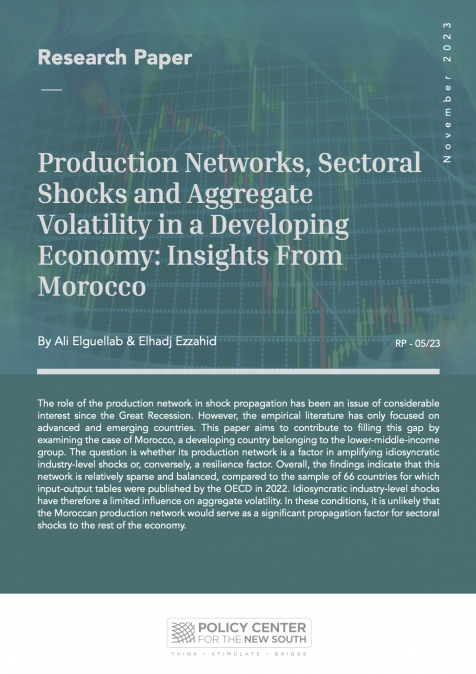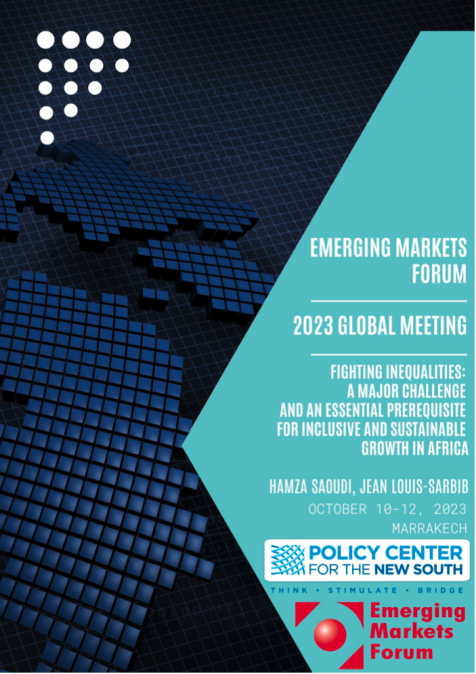Publications /
Research Paper
L’objet de ce Papier est de proposer un indice qui synthétise et suit le niveau de compétitivité structurelle et d’attractivité des pays en développement pour l’atteinte de l’émergence économique. Il s’inscrit dans le cadre conceptuel de l’émergence pris au sens large retenu dans l’ouvrage « l’émergence économique des nations: définition et mesure » de Moubarack LO (2017).
L’Indice de Compétitivité Structurelle (ICS) vise à proposer une mesure synthétique unique de tous les leviers potentiels à actionner pour atteindre l’émergence économique.
L’indice ICS est une agrégation de 13 dimensions. Ils sont généralement cités comme contribuant au renforcement de la compétitivité internationale d’un pays, en particulier les thèmes du « Consensus de Washington » que l’on retrouve comme composantes de l’Indice de Compétitivité Globale du World Economic Forum et de l’indice Doing Business de la Banque mondiale (BM), le Capital humain, la technologie et l’innovation, la promotion et la protection de l’environnement, les infrastructures, l’environnement social et la qualité du secteur public. Les 13 dimensions de l’Indice de Compétitivité Structurelle (ICS) sont décomposées en 33 sous-dimensions. Par la suite, les sous-dimensions ont été subdivisées en 68 composantes qui, elles, regroupent 187 indicateurs. Les données couvrent la période de 2000 à 2017 et sont collectées sur 47 pays africains et 17 pays en développement du monde qui servent de référence.
Selon les résultats, l’Afrique du Sud occupe sur le continent africain, la première place du classement, avec un score ICS de 0,64 en 2017, sur un total possible de 1. Elle est suivie de près par l’Ile Maurice, qui possède à peu près le même score que l’Afrique du Sud. La Namibie et le Maroc occupent respectivement les 3ième et 4ième places.
Le Maroc se classe au quatrième rang africain pour l’Indice de compétitivité structurelle (ICS), avec un score de 0,52 en 2017, ce qui représente une évolution de +0,03 points par rapport à 2005 où le score était de 0,49. Le pays a réalisé des bonds entre 2005 et 2010 (passant de 46% à 49%), et entre 2010 et 2017 (+3 points de pourcentage), tandis que la hausse est de 2 points de pourcentage entre 2000 et 2005.







